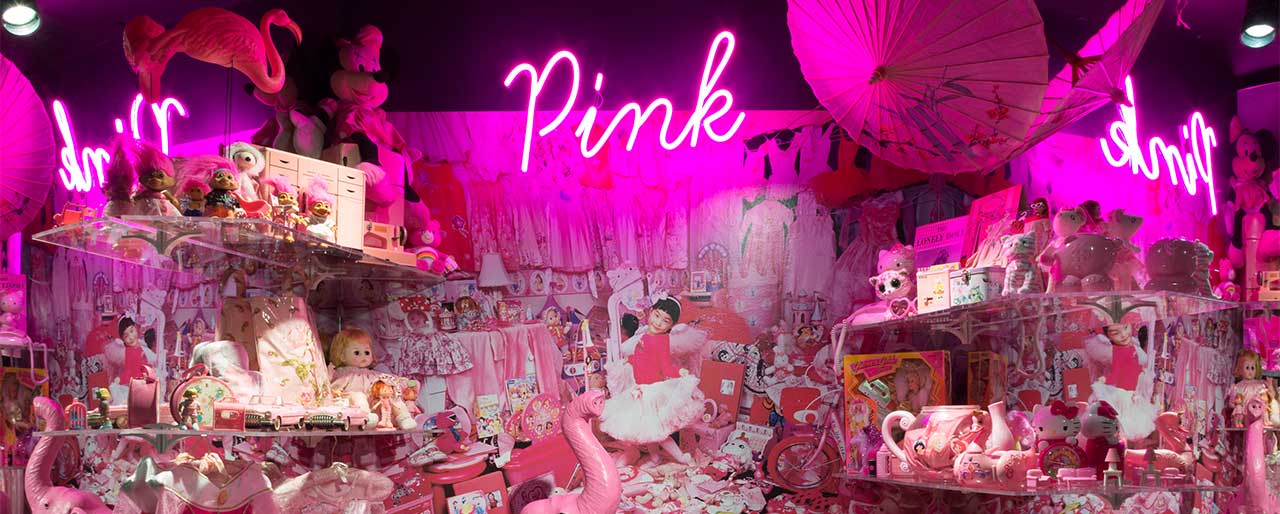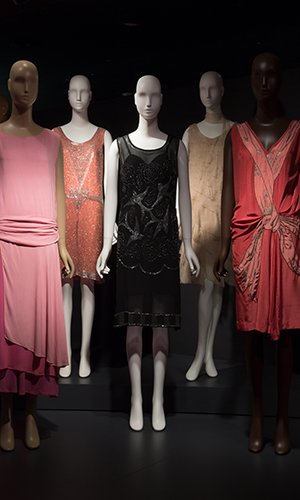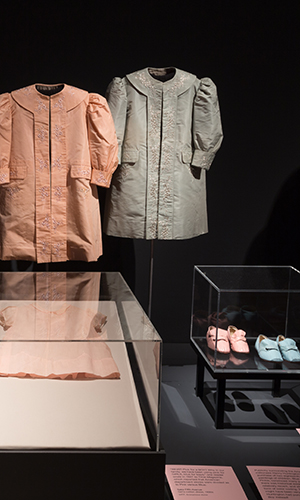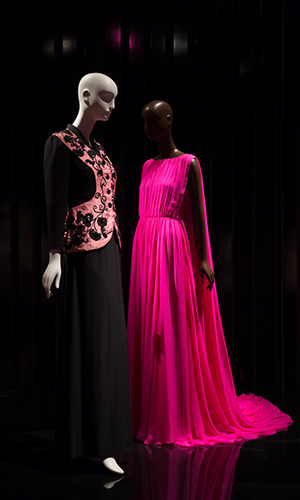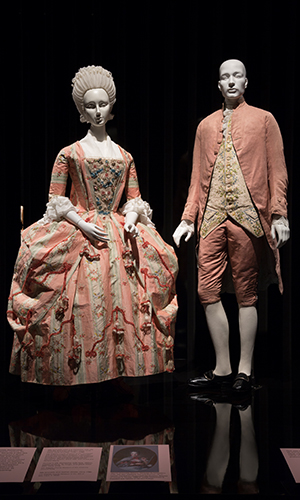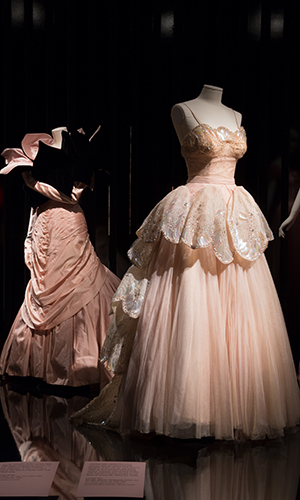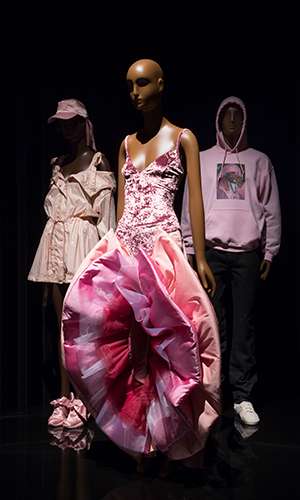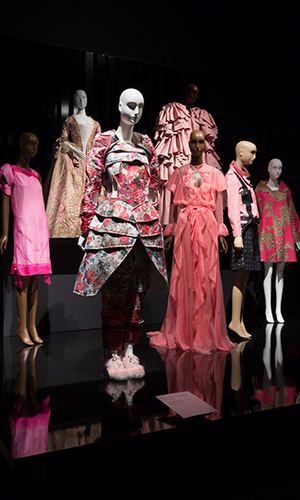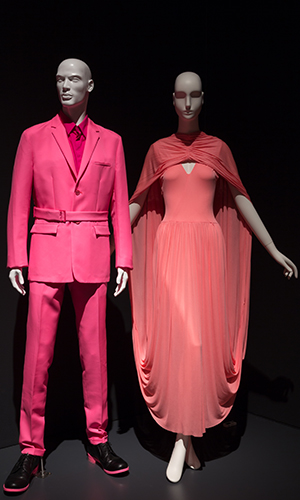Curated by Dr. Valerie Steele, director of The Museum at FIT, Pink: The History of a Punk, Pretty, Powerful Color explores the changing significance of the color pink over the past three centuries. Share using #HistoryofPink on Twitter and Facebook.
Toggle the tabs below to listen to Dr. Valerie Steele give a brief overview of each section.
Toggle the tabs below to listen to Dr. Valerie Steele give a brief overview of each section.
